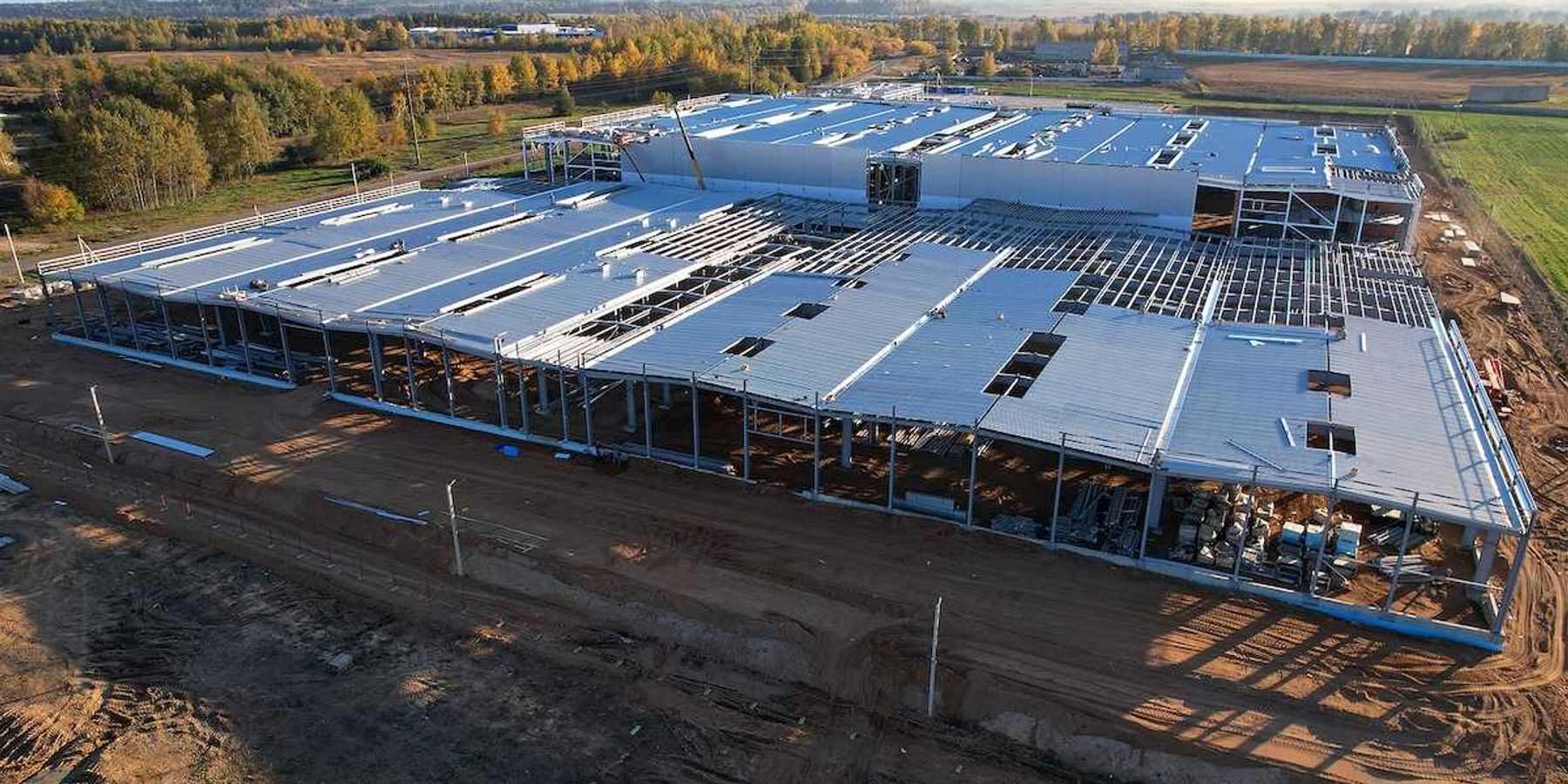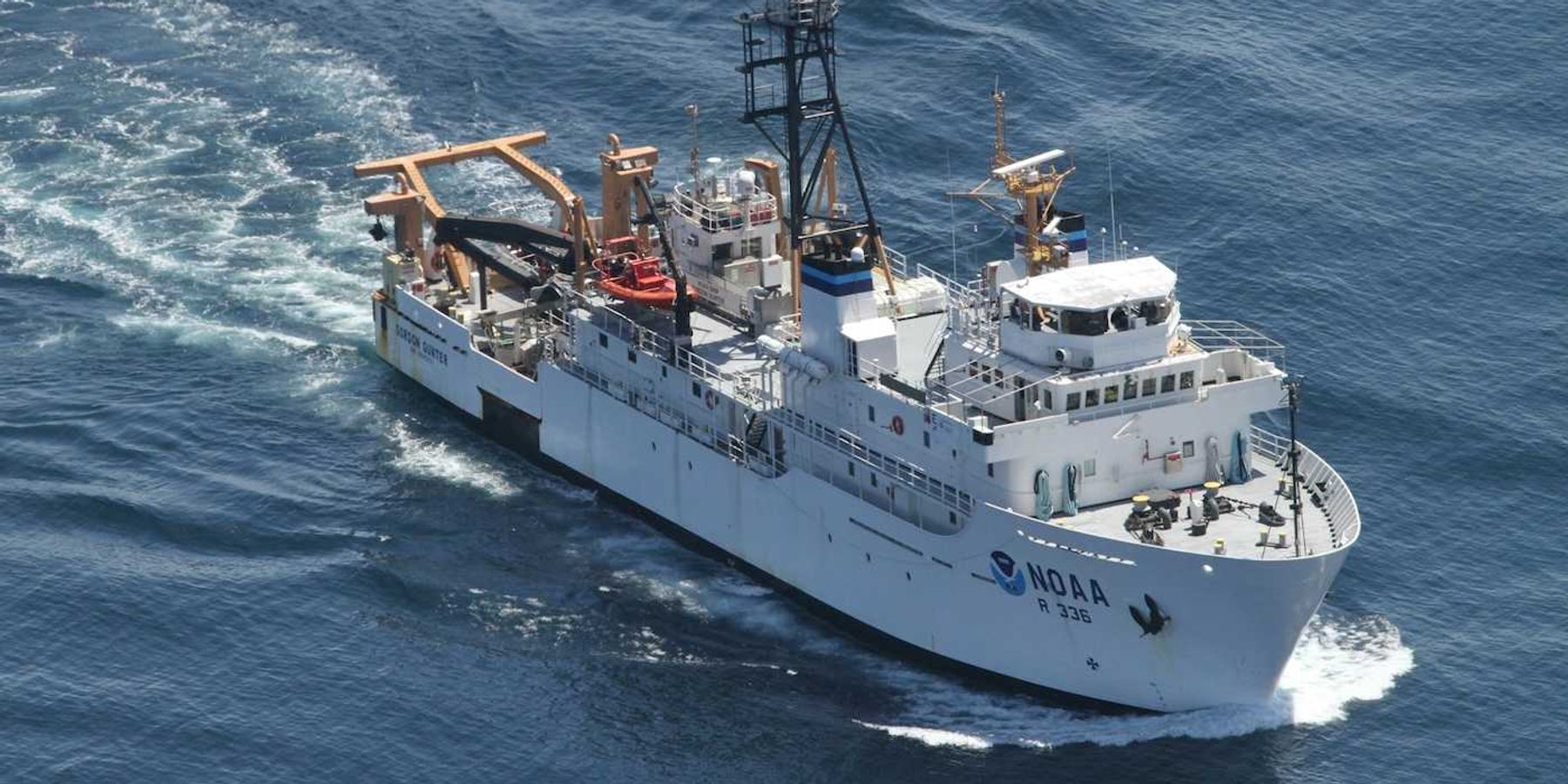State and local emergency managers brace for less federal aid during disasters
As hurricane season begins, local officials across the U.S. are preparing for natural disasters with minimal support from a Federal Emergency Management Agency (FEMA) that is being reshaped and downsized during President Donald Trump’s second term.
Scott Dance and Brady Dennis report for The Washington Post.
In short:
- The Trump administration is shifting responsibility for disaster response from the Federal Emergency Management Agency (FEMA) to states and localities, but has provided few details on how this transition will work in practice.
- Emergency managers are preparing for scenarios where FEMA may not provide direct aid or deploy field workers, leading some to bolster staff and resources independently.
- Experts warn that changes in FEMA leadership, reduced coordination, and stricter aid thresholds could leave vulnerable communities unprotected during increasingly intense disasters.
Key quote:
“The plan is this: We are planning that FEMA is not coming. We pray that FEMA is. But our contingency plan is that they aren’t.”
— Alan Harris, emergency manager, Seminole County, Florida
Why this matters:
As climate change drives more frequent and intense hurricanes, wildfires, and floods, shifting more responsibility to the states without a clear plan or added capacity risks deepening the divide between well-resourced and under-resourced communities. Rural and low-income areas, in particular, may struggle to meet revised aid thresholds or mobilize quickly during large-scale disasters. The loss of experienced FEMA personnel and vague new protocols could delay lifesaving services. While FEMA's bureaucracy has long frustrated disaster survivors, replacing it with an untested alternative could leave millions more exposed when the next storm hits. The stakes are especially high this year as forecasts warn of a historically active hurricane season.
Read more: FEMA chaos raises fears for hurricane season













